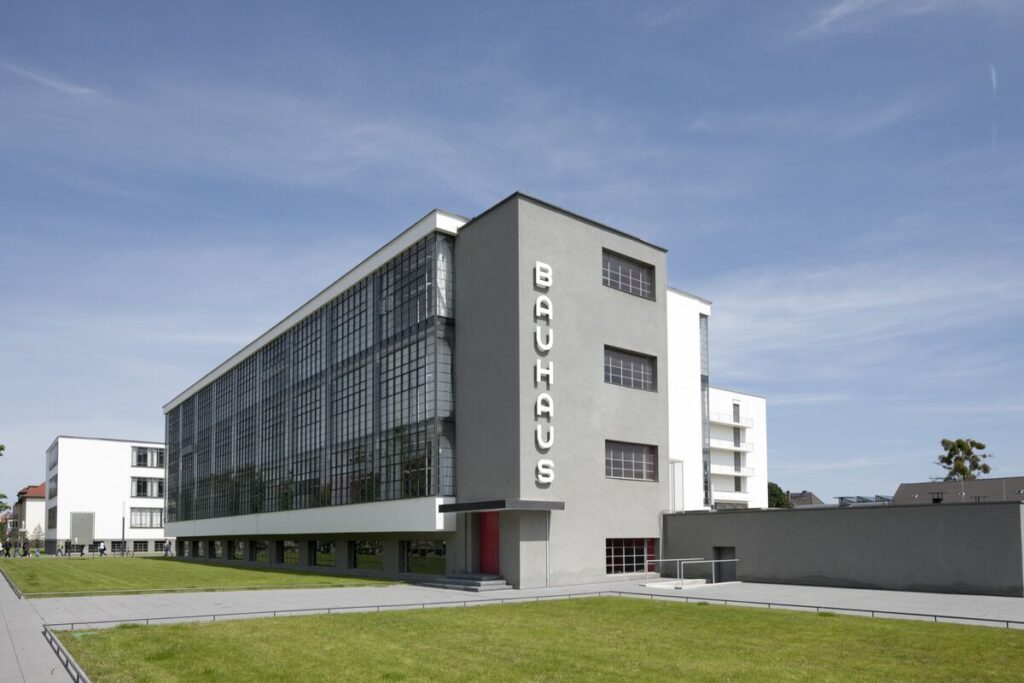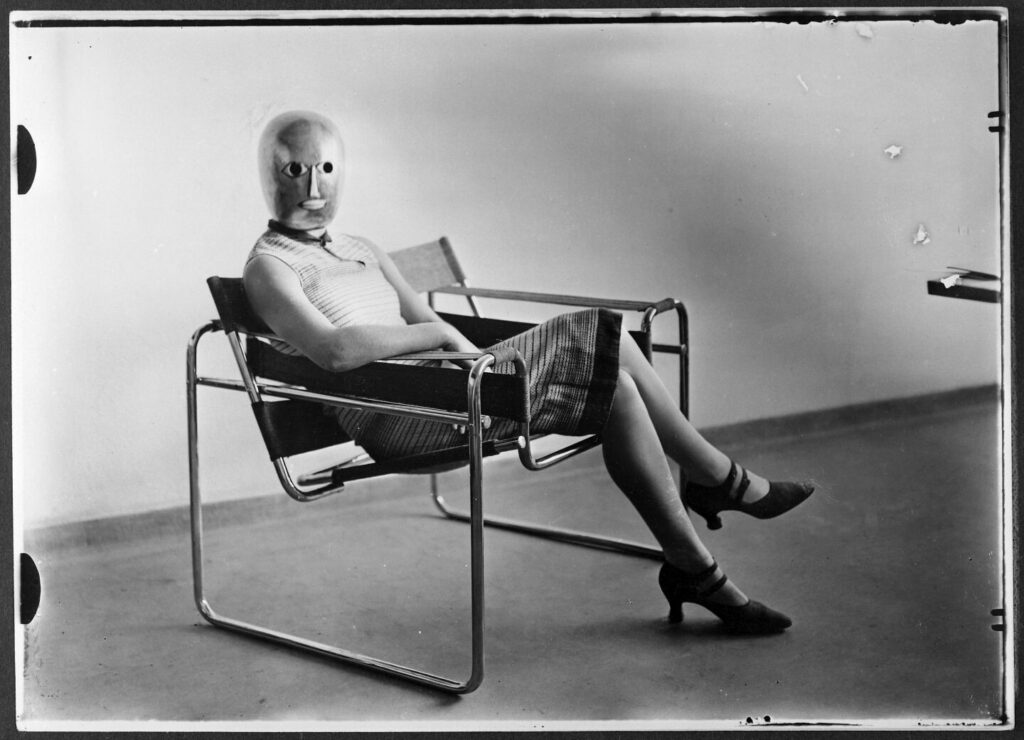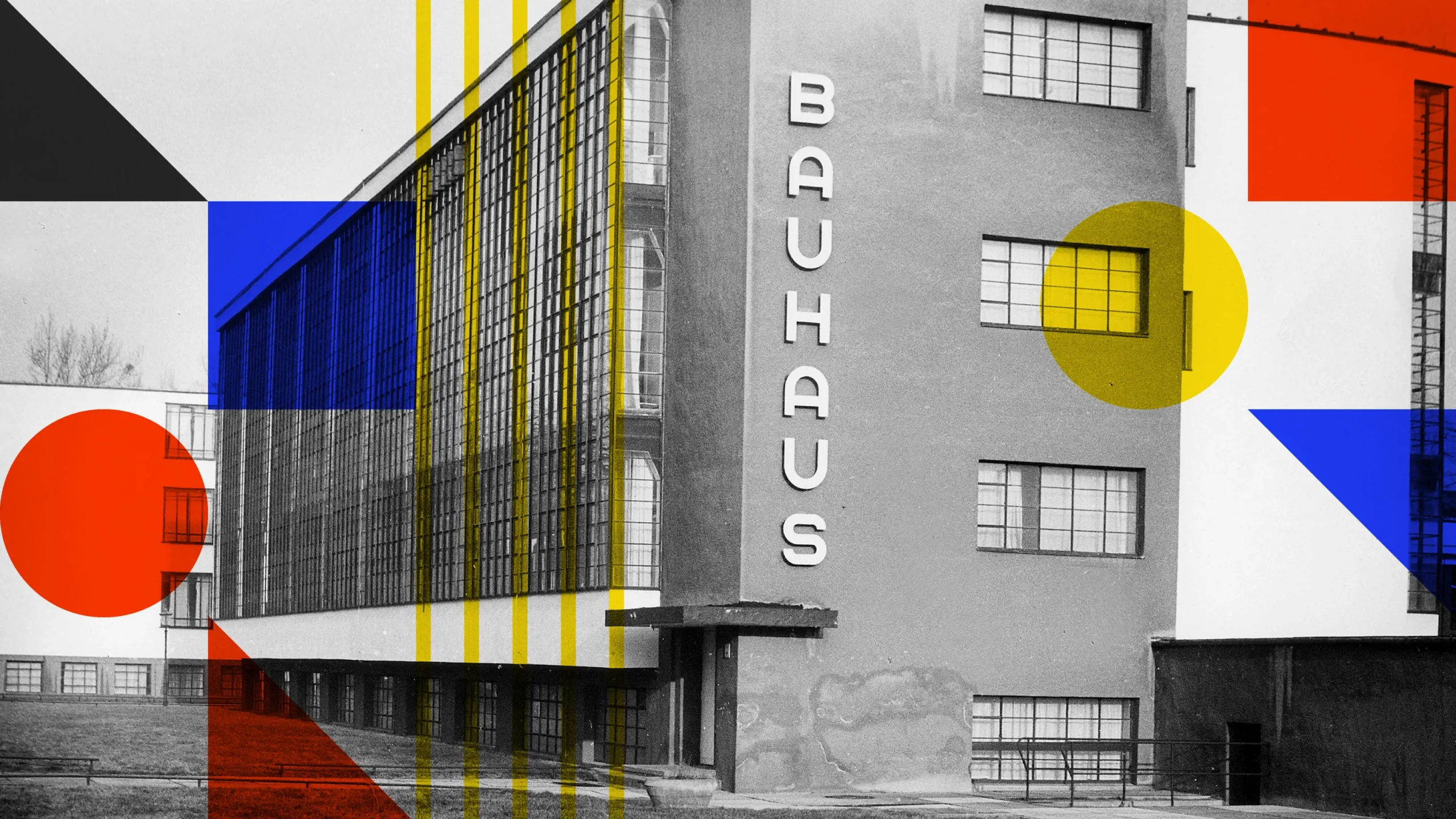By Socratis Santik Oglou,
The First World War back in 1914, with all its unprecedented disasters, brought about, during its long duration, social, political, economic, and territorial changes, resulting in changes at all levels of human activity. At the same time, as the “society of the masses” and the increasingly entrenched nationalist and authoritarian regimes, culminating in the October Revolution in 1917, the socialist ideology, which influenced the international political and socio-economic scene, began to develop increasingly. The landscape of culture had changed radically, while already by the end of the 19th century, the conditions for the art of the 20th century had been created. The artists of this era succeeded in industrial production and progress, whilst their purpose was now, after the disasters of the War, to create a new aesthetic, a new rational vocabulary, and a perception of the world and art, as well as its functionalization and importance in society — and there comes the fundamental school in the history of design, the Bauhaus.
Bauhaus was founded in 1919 in the city of Weimar, Germany by the architect Walter Gropius (1883-1969) under the climate of general economic reconstruction and intensification of industrial production that prevailed there. The main objective of the school was a radical idea: to redefine the material world to reflect the unity of all the arts, essentially to remove the boundaries between fine and applied arts — by uniting the visual arts with architecture, and the other subsectors of artistic creation, and by connecting them with design. What the Bauhaus sought, namely the connection of art with mass industrial production, had already been shown by the school of the Deutscher Werkbund (German Federation of Labor), founded in 1907. At the same time, the question “how far can the expressive freedom of the artist go when it collaborates with mechanistic production” troubled the theorists. The total admission of art into industrial production was the new goal.
Gropius created a curriculum that would result in craftsmen and designers capable of creating useful but at the same time beautiful objects suitable for this new system of life. The curriculum began with a preliminary course, where it would allow students from all educational backgrounds to immerse in theories of colors and the study of materials. The answer to the question “how must the artist have been trained to be able to take his place in the age of machines” was the purpose and pursuit of teaching in the Bauhaus.
The school taught first-class artists such as Marcel Breuer (1902-1981), Vasily Kandinsky (1866-1944), Paul Klee (1879-1940), Ludwig Miss van der Rohe (1886-1969), László Moholy-Nagy (1895-1946), Lionel Feingert (1871-1956), Johannes Itten (1888-1967), Hans Mayer (1889-1954), Oscar Schlemmer (1888-1943), etc.

After the preliminary training, the practice followed in the laboratories, which was of particular importance because it was the one that would provide the necessary theoretical and technical skills to the students. The main workshops are metalwork, carpentry/furniture, mural, typography, photography, architecture, painting, while at the same time, it should be noted that, they visited construction sites and factories so that the students would get a more complete picture of the production. The basic principle of the school was that the form follows the function.
One of the most popular workshops was that of furniture-making, under the direction of Marcel Breuer (1924-1928). The purpose of this workshop was to dematerialize conventional forms of them at their minimum existence. Breuer designed furniture by reducing its volume introduced the use of the steel pipe, which he borrowed from the bicycle manufacturing industry, which resulted in the creation of light, mass-produced furniture. Almost all the furniture of the department was folding, chairs and tables made of flexible materials and at low cost, ideal for small apartments. Some of the furniture that is designed in the workshop is presented in the school premises themselves.
The objects they designed should be industrial products, characterized by high aesthetics, while the artistic creations-products should be excellent, technical, functional, and aesthetic. After all, at the end of the day, this simple, but functional, design of furniture with its mass industrial production was what made it so successful.
In 1923, the school was repositioned from Weimar to the city of Dessau, where it operated until 1932. The new building of the school was designed by Gropius himself. This building was an emblem of the new architecture because the way it was organized presented the perception of the combination of functionality with aesthetics and the use of new technologies. The whole complex is organized in wings which are organized around the director’s office. Each building has its own functional requirements and characteristics, and for this reason, the classrooms and laboratories, the professors’ offices, and the student residences have a different volume, look, and position. This arrangement of the complex, the campus, underlines the character of the community and the cooperation of all its members. The furnishing of the interior of the building is made with creations from the workshops. All the features of the building later became features of modern architecture.

But, in 1928, Gropius left his position as director of the school, and his place was taken by the architect Hans Mayer. Mayer maintained the basic program but eliminated/reshaped the sections where their nature was too formalistic. In addition, he stressed the social importance of architecture and design. While in 1930, Mayer also left his position as headmaster of the school, due to the ever-increasing pressure of Germany’s increasingly right-wing government. He is succeeded by the architect Ludwig Miss van der Rohe, who in turn reshaped the curriculum again, this time emphasizing architecture itself. On the same date, the Bauhaus, because of the increasingly unstable political situation in Germany, but also because of the economic problems it was facing, is transferred from Dessau to Berlin, where it has been operating for about three years.
Eventually, in 1933, the school was finally closed by the Nazis, describing it as the “Den of cultural Bolshevism”. After this event, many of the teachers and artists who idolized the U.S. passed on their educational philosophies there.
In 1937, the New School of the Bauhaus was founded in Chicago, the U.S., headed by László Moholy-Nagy.
References
- Petridou, V., Ziro, O., Arts and Architecture from the Renaissance to the 21st Century
- Petridou, V., Ziro, O., & Mertzanis, E., History of Art, Computer Technology Institute and Diophantus Publications, Athens, 2013
- Griffith Wilton, A., The Bauhaus, 1919-1933, metmuseum, Available here




